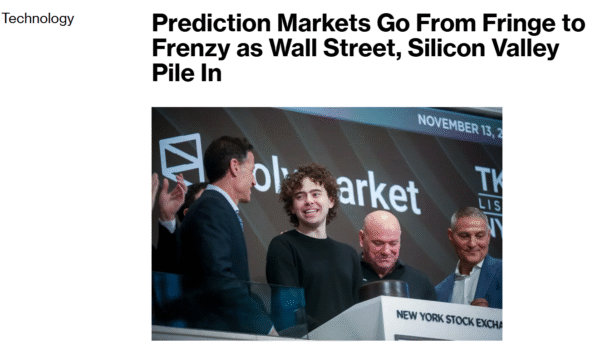Global finance took another step toward tokenisation this week as Ripple unveiled a three-way collaboration with Singapore’s DBS and U.S. asset manager Franklin Templeton.
The initiative combines Ripple’s RLUSD stablecoin with tokenised securities, opening up new trading and lending possibilities for large investors.
Rather than focusing on crypto speculation, the project is pitched as infrastructure. Franklin Templeton will make its sgBENJI money market fund available in tokenised form, while DBS Digital Exchange will list it next to RLUSD. For the first time, institutional traders will be able to swap between a yield-bearing fund and a dollar-backed stablecoin in real time, creating a mechanism to rebalance portfolios without stepping outside the ecosystem.
Why it matters
This setup introduces a way for investors to toggle between safety and yield without the friction of moving funds back into traditional systems. DBS also plans to accept sgBENJI as collateral for credit lines and repo agreements, with the bank acting as custodian for pledged assets. The result could be a smoother pipeline for accessing liquidity while maintaining exposure to tokenised instruments.
The strategic layer
Ripple has been steadily positioning RLUSD as more than just another stablecoin. Earlier in September, the company announced plans to bring the token into African financial networks, targeting banks and enterprises in need of digital dollar liquidity. Now, with Franklin Templeton and DBS on board, RLUSD gains credibility in mainstream markets.
Franklin Templeton will issue sgBENJI directly on the XRP Ledger, citing its low fees and high throughput. This move deepens the ledger’s role in hosting tokenised funds, strengthening interoperability across the ecosystem.
Industry voices
Executives backing the project have framed it as a turning point. DBS chief Lim Wee Kian argued that financial markets operating around the clock demand solutions designed for constant access and efficiency. Ripple’s Global Head of Trading and Markets, Nigel Khakoo, called the collaboration a “game-changer,” pointing out that institutions can now manage both stability and returns under a single roof.
Broader ripple effects
The RLUSD story is spreading beyond finance as well. Electric vehicle maker Tembo, a subsidiary of VivoPower, recently announced it would accept the token as payment — one of the first automotive use cases for a Ripple-issued asset.
By weaving together a stablecoin, a tokenised money market fund, and one of Asia’s biggest banks, this alliance highlights how blockchain is moving deeper into the plumbing of finance. For institutional players, it offers a glimpse of how future markets could blend digital liquidity with traditional yield strategies in ways not possible before.
The information provided in this article is for educational purposes only and does not constitute financial, investment, or trading advice. Coindoo.com does not endorse or recommend any specific investment strategy or cryptocurrency. Always conduct your own research and consult with a licensed financial advisor before making any investment decisions.
Related stories
Next article
Source: https://coindoo.com/ripple-news-rlusd-at-center-of-new-trading-and-lending-alliance/


